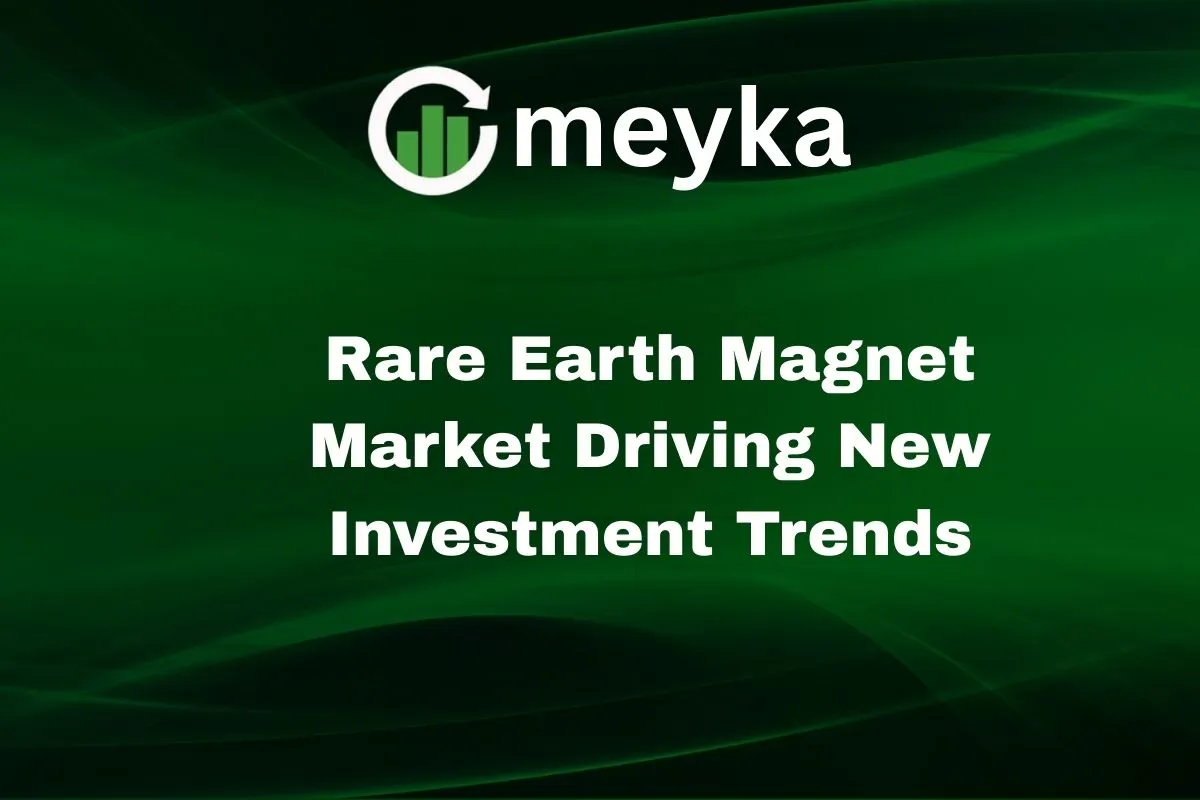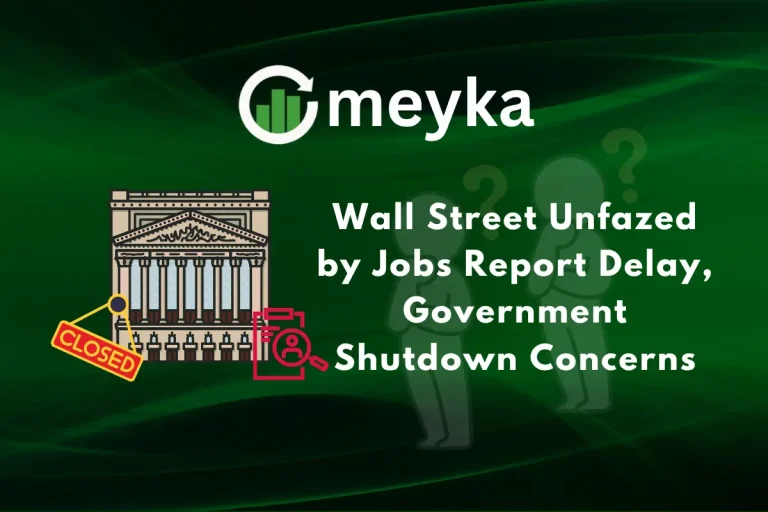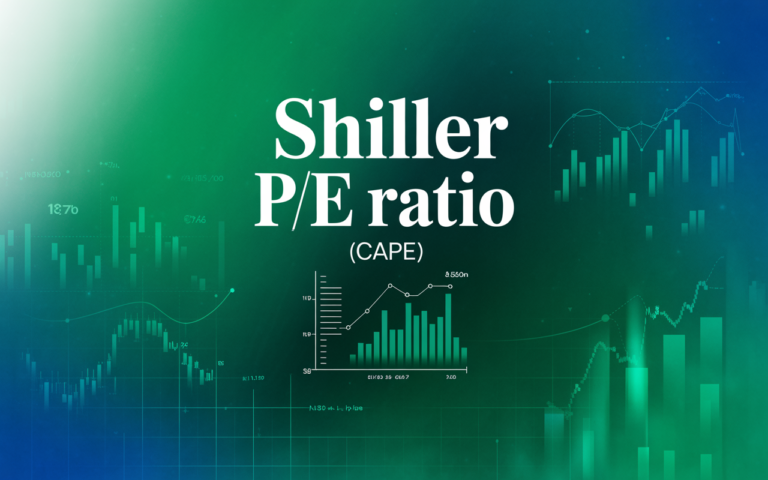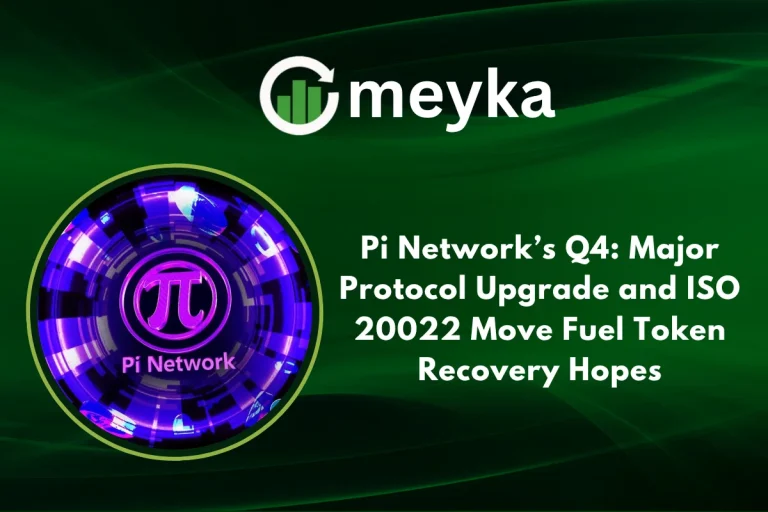Rare Earth Magnet Market Driving New Investment Trends
The Rare Earth Magnet world is really heating up. We’re seeing powerful magnets powering electric vehicles, wind turbines, and even defense systems. China’s exports reached 5,577 metric tons in July 2025, rising 75% from June and recording the highest monthly level since January. This boom is reshaping investment trends globally.
Understanding Rare Earth Magnets
Rare earth magnets are considered the strongest form of permanent magnets currently in use. They beat old versions like ferrite or alnico hands down. The two main varieties are neodymium-iron-boron (NdFeB) and samarium-cobalt (SmCo). They’re brittle and need a coating to stay intact. These magnets deliver unmatched strength in tech. That’s why we rely on them so much.
Market Overview and Growth Drivers
The global rare earth magnet market is growing fast. The market grew from $17.74 billion in 2024 to $18.86 billion in 2025, showing an annual increase of about 6.3%. Projections say it could hit $25.13 billion by 2029. A study values the market at $19.5 billion in 2024 and projects it could expand to nearly $30.3 billion by 2033. This surge stems from demand in EVs, automation, energy, healthcare, and consumer electronics.
Supply Chain and Resource Challenges
China dominates the scene. In 2025, it controlled 90% of rare earth refining and nearly all magnet production. In April, it imposed export controls on key materials, spiking prices and halting production for global automakers. Thankfully, by June and July, exports climbed back up, 3,188 tons in June and then 5,577 tons in July. China produces about 85% of NdFeB magnets, while countries like Japan, Vietnam, and others account for a much smaller share. The lesson? The rare earth magnet supply chain is fragile and tied to geopolitics.
New Investment Trends Emerging
We’re seeing big moves:
- U.S. investment surge: The Department of Energy proposed $135 million to support rare earth supply chains, including mining waste extraction.
- The Department of Defense is pushing prices up, guaranteeing $110/kg for NdPr, and taking a 15% stake in MP Materials.
- Apple entered into a $500 million partnership with MP Materials to obtain recycled magnets for use in its iPhones.
- U.S. firm USARE is building a plant in Oklahoma. It plans to scale from 600 to 5,000 tons annually, aiming to ramp up by early 2026.
- In Europe, France is becoming a hub for rare earth processing with projects led by Solvay, MagREEsource, and others.
- In India, state miner IREL is teaming with Japanese and South Korean firms to build rare earth magnet plants.
Key Players and Strategic Moves
- China still dominates mining, refining, and manufacturing.
- MP Materials (USA): Now backed by Apple and the Pentagon, and stepping into NdFeB magnet production.
- USARE: Building significant domestic manufacturing capacity.
- Lynas (Australia) and MP Materials’ Canadian partners aim to boost Western supply, but face technical and financial hurdles.
- Recycling innovators like NioCorp and HyProMag are gaining attention in the U.S. and Europe.
- France: Developing French domestic rare earth under EU law.
- India’s IREL is working to develop local magnet production through collaborations with international partners.
Opportunities for Investors
We see strong upside:
- Demand is projected to nearly double by 2036, driven by EVs, wind energy, and robotics.
- Demand increase: The requirement of the rare earth magnets in robotics can grow 7 times by 2036.
- Investors can tap into domestic production, recycling, and new mining projects.
- These investments align with ESG goals, as they cut reliance on China and support clean tech.
Risks and Challenges for Investors
But obstacles remain:
- China’s market power can swing prices and supplies abruptly.
- New projects take years, often 3–5, before delivering output.
- Larger investments are needed in infrastructure, recycling tech, and mining.
- If alternative technologies emerge, demand for rare earth magnets could drop.
Future Outlook: What’s Next?
We expect continued demand growth through 2036. As the Industry moves toward e-mobility and clean energy, Rare Earth Magnet usage will remain central. Supply chains will diversify, with more players, like MP Materials, USARE, Lynas, and recycling startups, entering the field. Still, geopolitics will shape strategy. Investors must balance exposure: hedge via Chinese markets while supporting domestic and green alternatives.
Conclusion
The Rare Earth Magnet market plays a crucial role in technology, energy, and defense sectors. We’re seeing growing demand, investment flows, and bold moves to de-risk supply. But we must stay mindful: China’s dominance, environmental hurdles, and geopolitical shifts call for smart, balanced investing. If we get the mix right, combining innovation, policy, and investment, this market offers a real opportunity for a cleaner, more resilient future.
FAQS:
In 2025, rare earth markets will grow fast. Demand for electric cars, wind energy, and technology will rise. Prices may stay unstable because of China’s strong control.
China has the most rare earth minerals. It controls most mining and refining. Other countries like the United States, Australia, and India are trying to increase supply.
Rare earth stocks can be a good choice. Demand is strong for clean energy and electronics. Still, prices can change fast, so risks remain for investors.
Disclaimer:
This content is for informational purposes only and is not financial advice. Always conduct your research.






